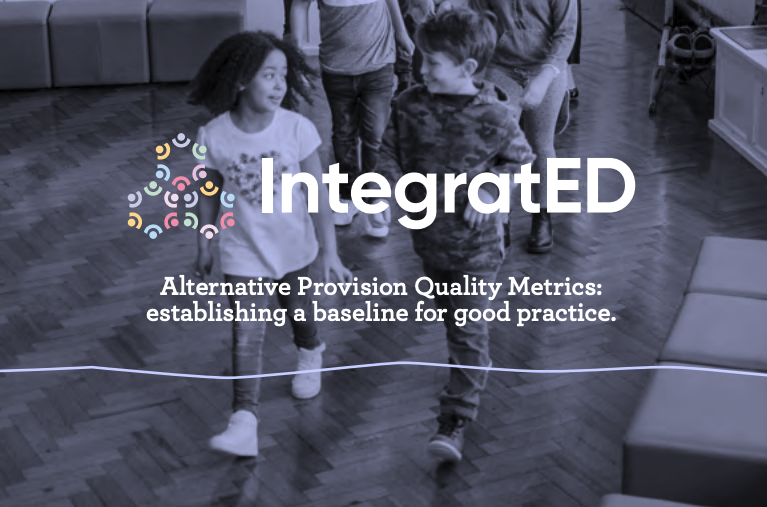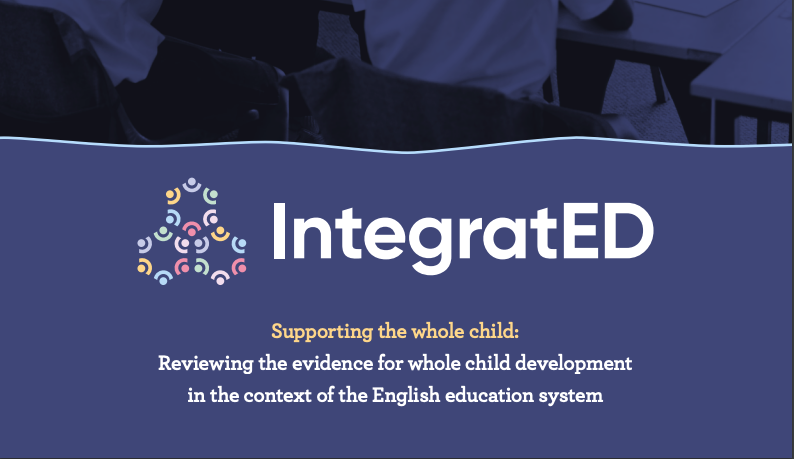
What are we asking for?
The government is currently reviewing the high needs budget. In doing so, it should work with mainstream, alternative provision and special schools and local authorities to develop a national funding formula that guarantees equitable treatment for all excluded pupils and those at risk of exclusion, is sufficient to cover all the services required, and is consistent across England.




